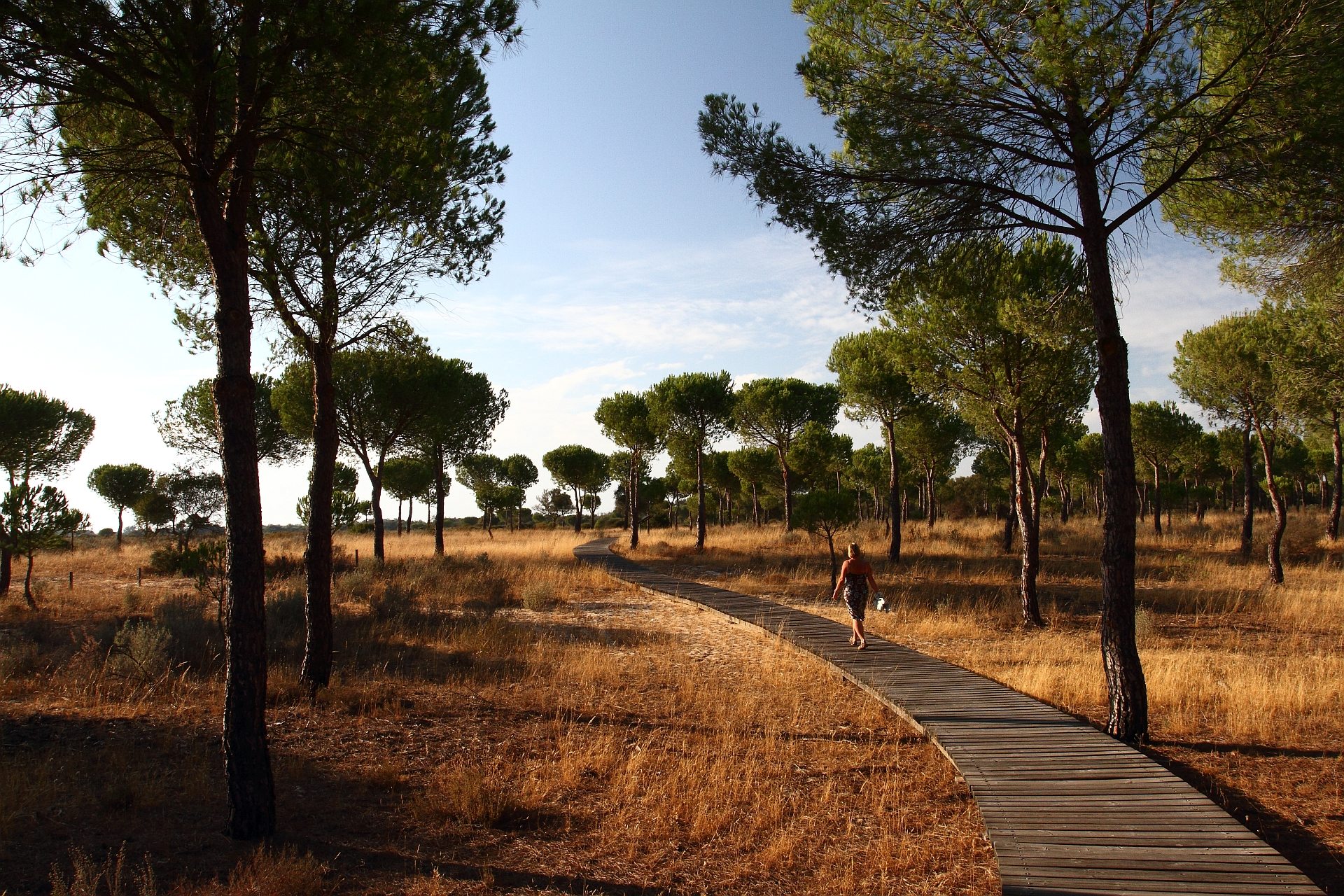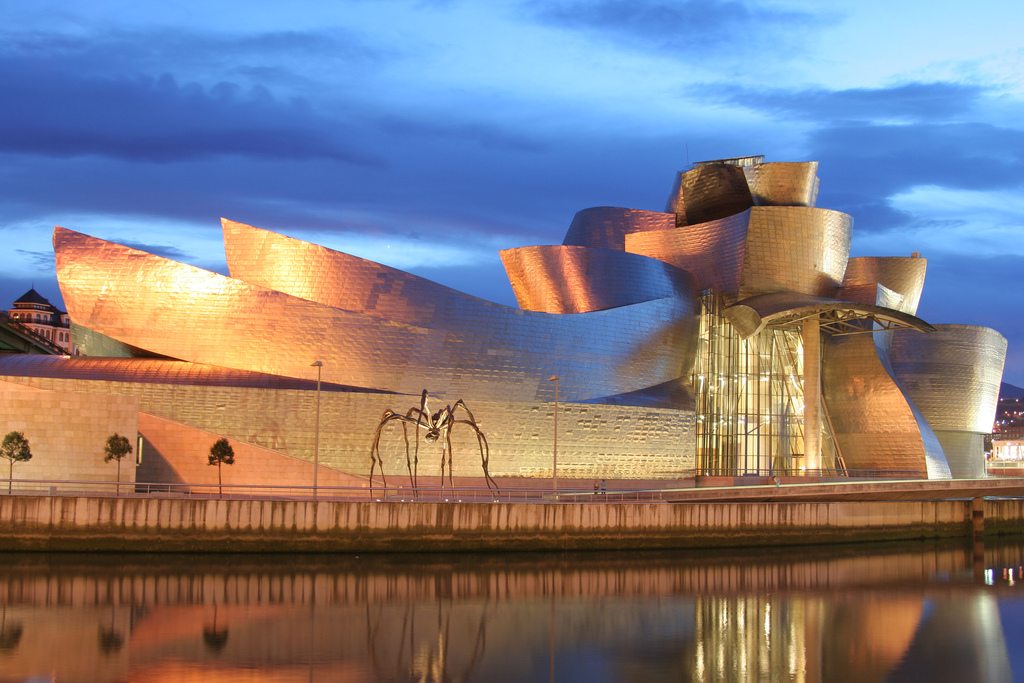
Spanish Views: A Road Trip in The South of Spain
The green and pleasant French landscape ended abruptly at the Pyrenees: the mountainous ridge stretching from the North Sea to the Mediterranean dividing France from Spain. We were disgorged onto the plains of Spain via the tunnels under the mountains, where the road vanished into a sun-bleached and shimmering mirage. The proximity of Africa was brought to mind by the vultures in the fields waiting for the thermals to carry them aloft. A breakfast coffee and toast (café con leche y tostada, tomates y queso y jamón) soon became our standard morning fare on the road.
We revelled in the space and the warmth. The midday temperatures edged towards forty degrees Centigrade; the sun blinding; the landscape whitewashed. We headed south and stopped at Sax, a small Valencian village with a cliff-top castle, a busy main street, a tepid and mostly dry river. Sax slumbers on, surrounded by acres of almond trees and olive groves.

You may well be familiar with the worldwide reputation of the Spanish for loving their siesta, shutting up shop and vanishing for several hours. The high heat of summer is debilitating and is best spent slumbering in the shade or having a long leisurely lunch in the cool of the courtyard. Getting into this strange new rhythm: a late breakfast; late, long lunch break; and late nights, takes a bit of time… But, we managed.
We took to the road, heading for the high villages of the Sierra Nevada and the huge province of Andalucía. South from Sax lies an even more hot and arid land: Europe’s only desert lies here, to the north of the Sierra Nevada, a film set for cheap westerns. This held no appeal and we motored on, with oven-hot air blasting through the windows – a poor substitute for a cool breeze. Eventually, climbing up into the hills brought a little relief from the heat, but the bright white villages and limestone crags kept the glare up at eye-squinting levels. The mountainous twists and turns took us up to a little oasis perched on the south eastern slopes of the Sierra Nevada. We settled under a tree with an ice cold beer and day-dreamed of cool water and gentle breezes! A traditional little white stone house became our home for a week.

Andalucía is huge and varied, with mountains, rivers, sun, sea, plains, castles, olives and nuts. A list, unfortunately, that could take our lifetime to explore!!
Next stop was Ronda, via the coastal plain through Malaga and then up through the riveting Sierra de las Nieves: a fascinating rocky, limestone sierra with precipitous twisty roads and awesome vistas. Ronda, and our first encounter with an English-speaking Spaniard for weeks. Down in the cramped and crowded old town we found our hotel, quaint and comfortable. The home of the contemporary bullfight, Ronda has much to recommend it: a large bullring, stunning countryside views from the cliff top promenade and the sky-high New Bridge over the river gorge.

The open road was calling and Ronda faded away as we snaked across the plains towards the rocky outcrops and fascinating limestone karsts of the region around Antequera. A beautiful, ancient town bypassed by tourists and well worth a day or two of your time. With the Castillo, the churches, convents and palaces, the history buff is well catered for. A short drive from Antequera is the most fascinating natural rock formation we have ever seen. “El Torcal” is Europe’s most intriguing karst formation: a 10 million year old sea bed turned to limestone, raised up and gently eroded over a million years to the weird and wonderful rock extravaganza that it is today.

From one extreme of geological curiosity to another – of human endeavour, art and craftsmanship – we reached Seville. A beautiful city centre of colourful people, elegant horse drawn carriages, a wide lazy river, acres of lush green spaces, fascinating architecture and a lovely Old Town of narrow streets, beautiful churches and an amazing Alcazar. Take your time in Seville. Cruise up the river and then linger at one of the street cafés. Rest in the shade of the riverside gardens. Admire the passing parade and the way of life. Savour the Spanish elegance and romance of the cool evening promenade.

Reluctantly our sojourn in Seville ended and we took to the highway with a wilder place in mind. El Rocio is a sandy, dusty place with no paved roads, no sidewalks, and the feel of the Wild West. Buses drop off their passengers in clouds of dust; somnolent horses fidget, bent-necked in the heat, and houses sag under their burden of sand. The gateway to Donana National Park, in midsummer El Rocio is not at its best. The vast wetlands are diminished and the town promenade along the shoreline is dry and deserted. Donana is world renowned for wetland birdlife in spring and was originally a vast pine tree plantation where pine nuts were harvested in the millions. Just before the heat of summer ruptures the pine cone and scatters the seeds, the cones are harvested by hand and the pine nuts recovered. Pruned into their familiar umbrella shape, the foliage was collected and the essential oils extracted on location using a rustic still.

The road north was calling and we struck out for Jaen, setting our sights on Cazorla. Cazorla, high up in the hills of Europe’s largest Natural Park, the “Sierra de Cazorla, Seguras y las Villas”, is the queen of these mountains and the gateway to a wildlife paradise. The city of Jaen is entirely surrounded by olive trees. Cazorla sits on the eastern edge of this ocean of olives, and clings to the slopes of the sierra to which it gives its name, overlooking the olive ocean. The road zig-zags up the ridges past panoramas and craggy peaks, along precipitous mountain slopes. Our campsite was tucked away in the hills at Puente de Herrerias not far from the source of the Guadalquiver River; the river runs for 657km all the way down to Seville, into the lowlands bordering Donana National Park and on into the Atlantic. The list of residents of the Sierra de Cazorla is long; we saw red and fallow deer, Spanish ibex, fox, griffon vultures, imperial eagles, kites, snakes. The Iberian lynx eluded us, but as a rare and seldom seen cat, we would have been extremely lucky!

The Spanish have a strong sense of community, their homes are their castles, are very sociable, and they love a good hearty discussion on any subject at volume ten! The morning coffee is sacrosanct, and the most affordable way to eat out is to choose “menu del día”: starter, main and “postres” (coffee and/or dessert); in general any Spanish restaurant will deliver reliably good food. Food is a family affair and the siesta is usually preceded by a large, leisurely family meal at home. Similarly, any occasion is an excuse for a huge sociable cook-up – perhaps a huge dish of paella.
We loved our time in the more rural, wilder parts of Spain, beyond the traditional tourist areas, and would encourage you to explore some of the more rural spots too. It’s well worth it!
All images copyright of Richard Taylor.







